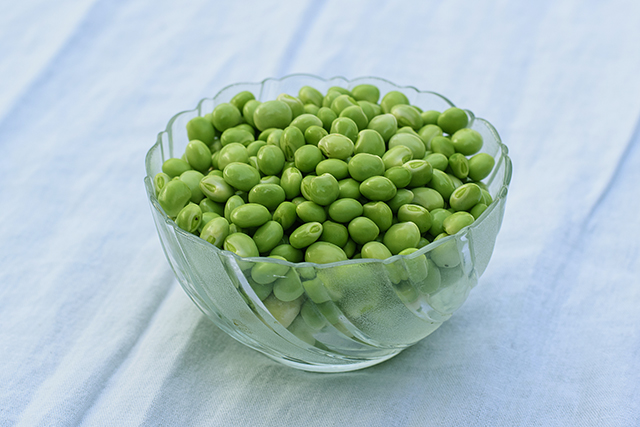
Advertisement
Plant-based snacks are shaking up the market as consumers switch to healthier options. While plant-based snacks have had humble beginnings – appealing mostly to vegans and vegetarians – they have grown in popularity in recent years, gaining acceptance among flexitarians and traditional meat-eaters.
For instance, pea-based snacks have recently gained traction in Europe as more and more brands began capitalizing on the consumer demand for plant-based foods.
Emerging as a promising base ingredient in the alternative snacks area, peas can lend both flavor and nutrition while also providing a point of difference to conventional snack mixes. According to global food and drink analyst Julia Buech, peas also show strong potential to star as delicious snacks in their own right.
But there’s a catch. Peas can have a bitter aftertaste. People often snack for pleasure over nutrition, so pea-based snacks still have a long way to go in the flavor department.
That’s not to say that manufacturers aren’t already trying. In fact, many pea-based snack manufacturers are learning to break away from the standard wasabi flavor. Wasabi, also known as Japanese horseradish, is a pungent root that is usually ground to make a spicy condiment similar to mustard and horseradish.
Buech also drew attention to pea-based snacks worth mentioning, such as snacks labeled “baked not fried.” Most conventional snacks are fried during processing, which greatly increases their fat content. For consumers, the “baked not fried” label means what they’re about to eat wasn’t bubbling away in a vat of oil.
Other pea-based snacks that stand out include those that imitate the natural shape of pea pods as a nod to their source. Manufacturers are also starting to use peas in other snack products, such as bars and meal replacements.
What’s so great about peas?
Pea-based snacks are now one of the most popular plant-based snacks on the market. But of all the plant-based foods that manufacturers could have used, why peas?
For starters, peas are already an established health food. Being rich in fiber and protein, peas make a very filling addition to a meal. Peas are also rich in iron, which is needed for making red blood cells and transporting oxygen around your body.
Peas also have a low glycemic index (GI), meaning they won’t cause a spike in your blood sugar after eating. This benefit is thanks to a starch called amylose, which slows digestion and the absorption of sugar into the bloodstream. As such, peas are great if you need to keep a close eye on your blood sugar levels.
Peas also contain essential nutrients that support blood sugar control, such as magnesium and B vitamins.
The fiber in peas also supports digestive health by feeding beneficial gut microbes, which play a key role in maintaining optimal health and well-being. Fiber also keeps your gut regular.
Moreover, peas contain several heart-friendly minerals, such as magnesium, potassium and calcium. They offer high levels of vitamin C as well, including phytonutrients like carotenoids and flavonoids. These compounds act as antioxidants, protecting the heart from inflammation and free radical damage.
Additionally, regularly consuming legumes like peas may help lower your risk of cancer. Antioxidants help protect cells, proteins and DNA from damage, which can trigger the development of cancer.
How to eat peas
If pea-based snacks have yet to hit the shelves of your local grocery store, don’t fret. You can still enjoy peas the old-fashioned way: by incorporating them into your meals.
Here are three basic ways to cook peas:
- Boil – Bring water to a boil and add your peas. Reduce heat, cover and let your peas simmer until tender. Drain off any excess liquid and serve.
- Steam – Pour water into a saucepan and place your peas in a steamer basket. Drop it into the pan. Bring the water to a boil, then cover the pan. Steam your peas until tender and serve.
- Saute – Heat olive oil in a pan and add your peas. Cook until tender and serve. Consider adding herbs or spices for better flavor.
Peas are typically served as a side dish for hearty mains, but you can also use them in salads, grain bowls, stews and casseroles.
There are many types of peas you can choose from. Popular ones include snow peas, sugar snap peas and sweet peas or English peas. To shell fresh peas, start by snapping off the stem-end of the pod. Peel off the “string” that runs the length of the pod, starting from the stem. Gently pry the pod open and tease out the peas.
Fresh peas are usually available in the spring. Unfortunately, they don’t retain their freshness for very long. Try the frozen, canned or dried varieties if you can’t find fresh ones. These varieties are available year-round.
Sources:
Advertisements







